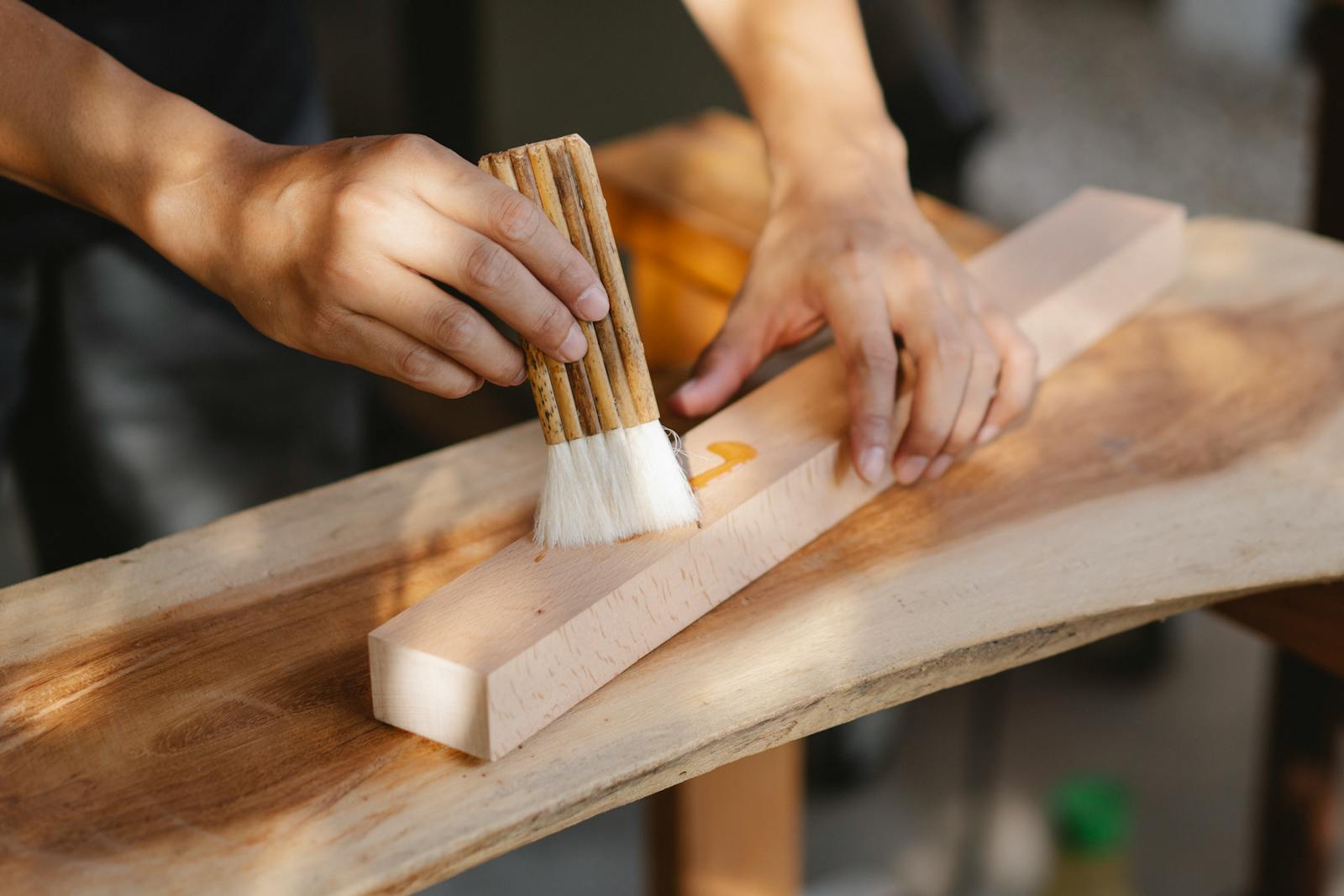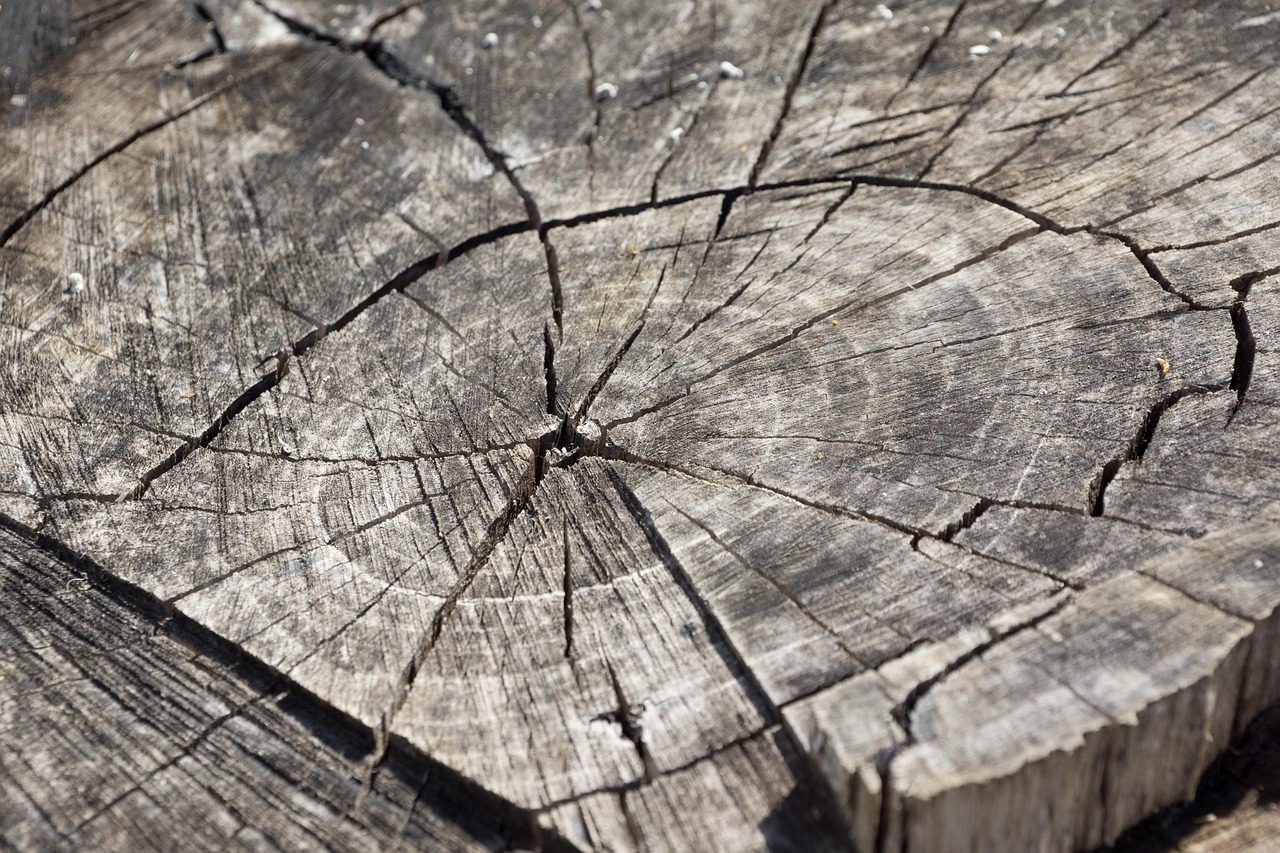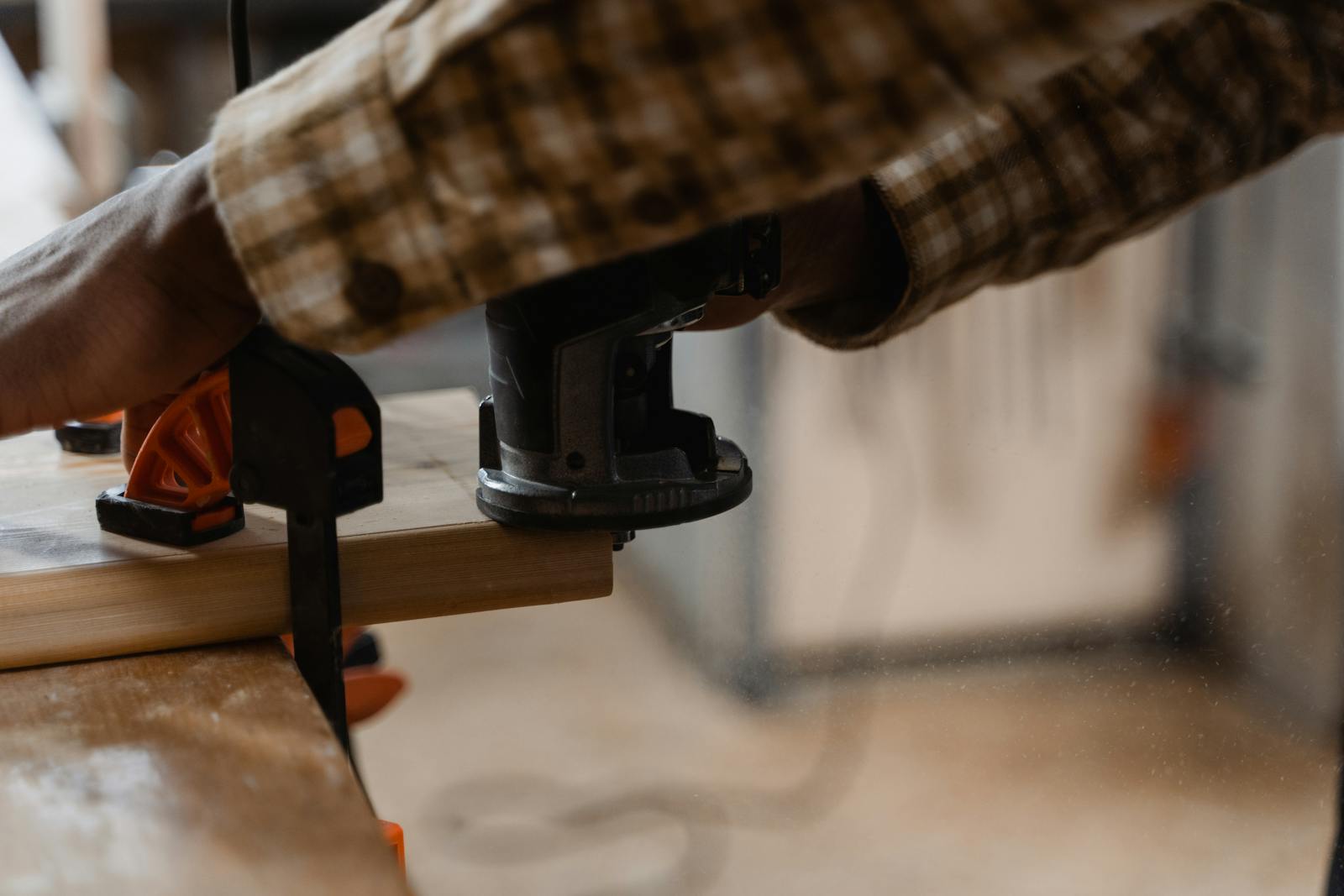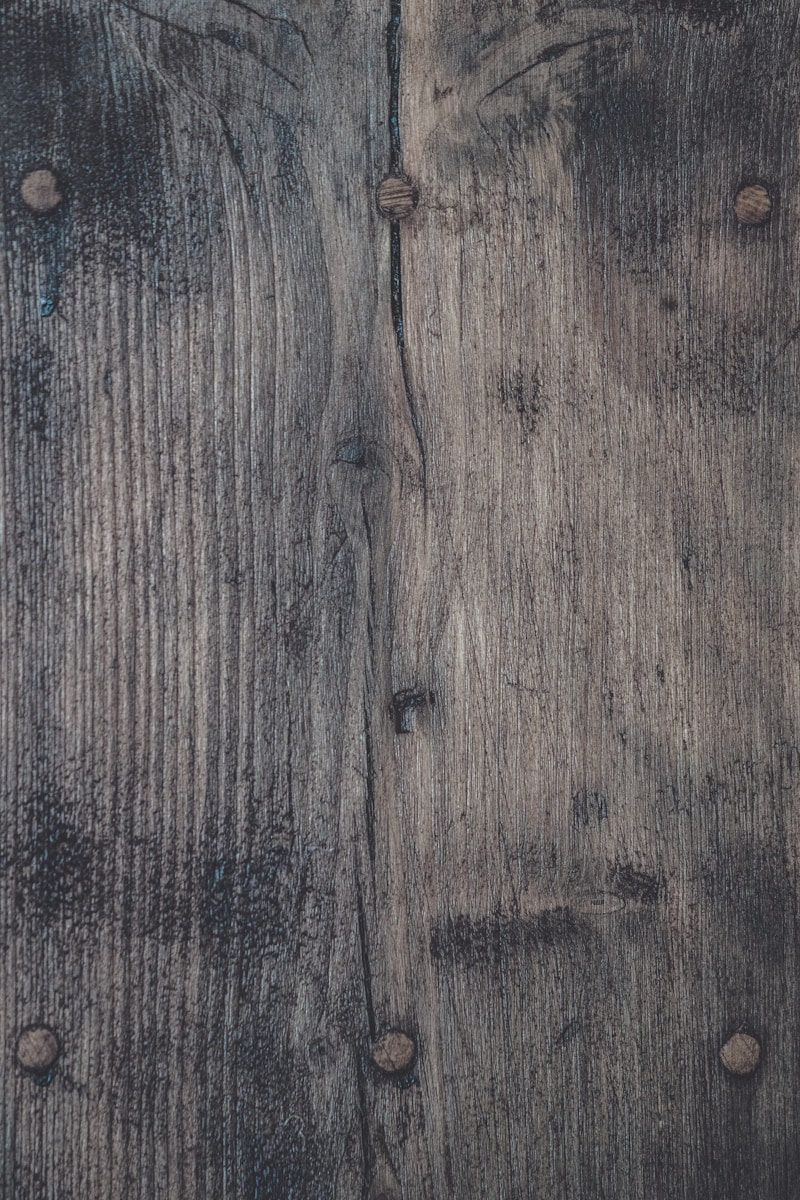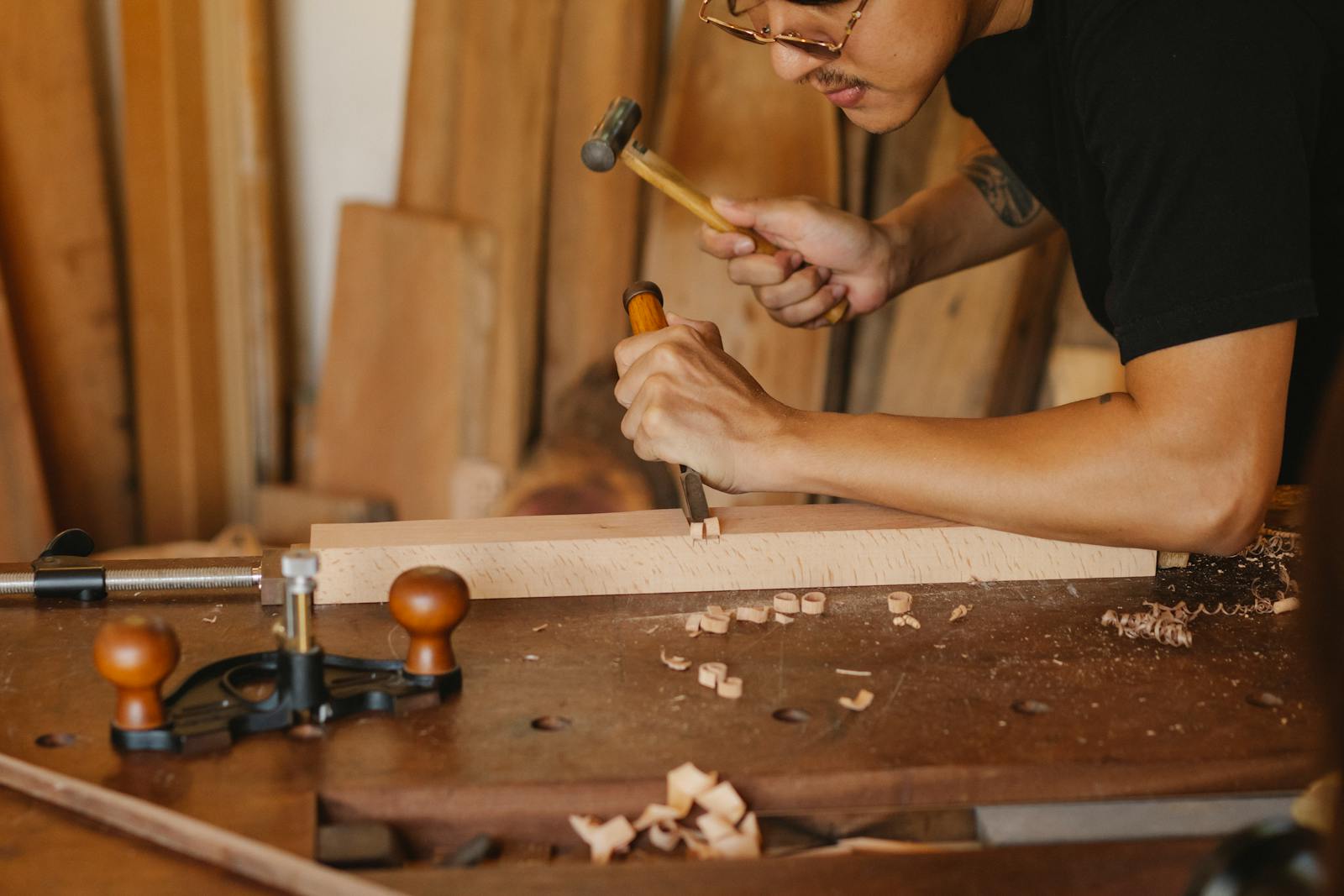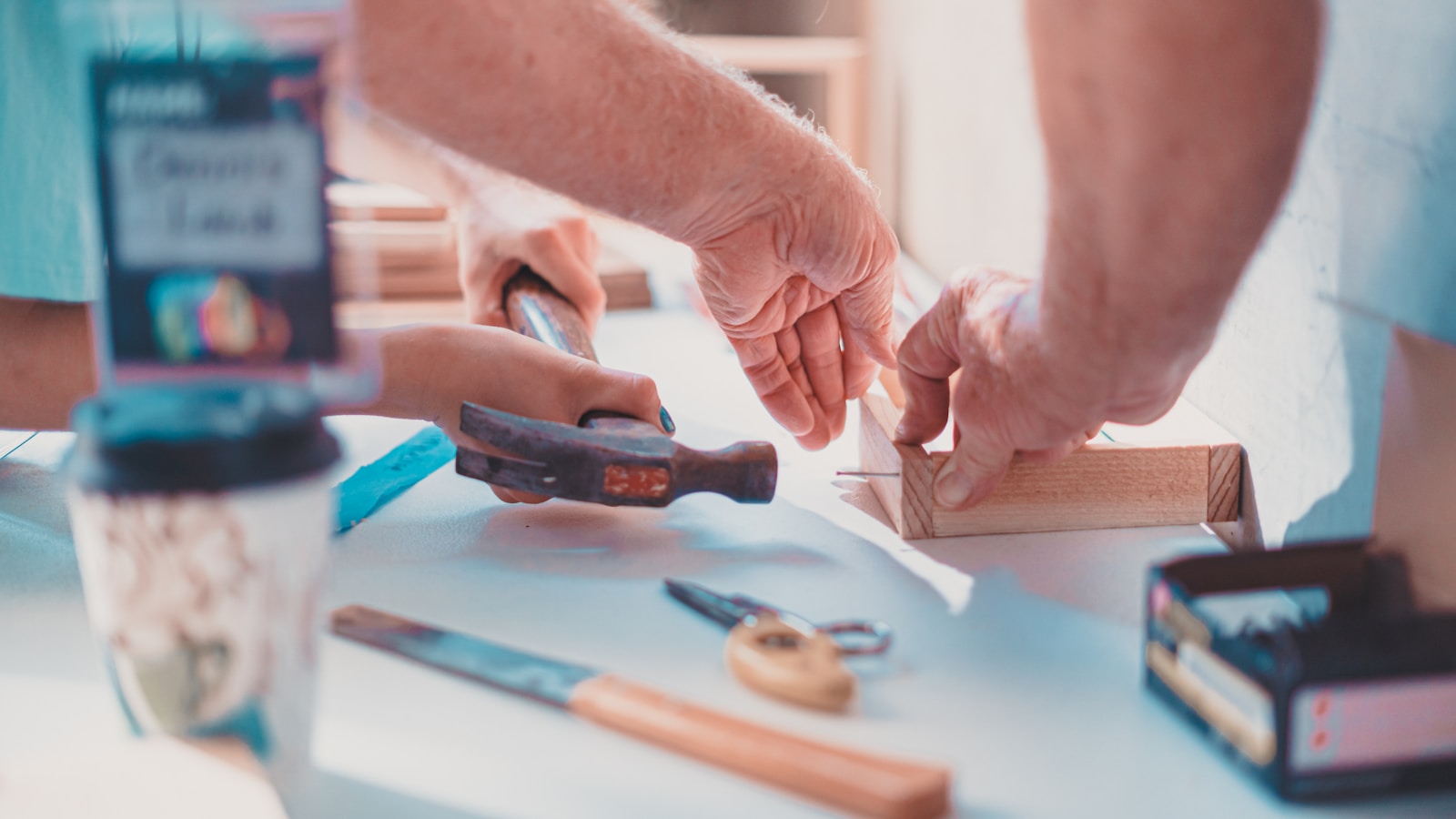Understanding Wood Grain and Why It Matters
Wood grain isn’t just about looks—it’s a guide to strength, stability, and workability. 1. What Is Wood Grain? Wood grain refers to the alignment, texture, and pattern of fibers in a piece of wood. These fibers form as a tree grows, influenced by species, growth conditions, and how the wood is cut. The grain affects not only how wood looks but also how it behaves when cut, joined, or finished. 2. Types of Wood Grain Patterns The pattern of the grain depends on how the lumber is sawn. Common types include: Flat-sawn (Plain-sawn): The most common cut, producing a wavy grain pattern. Economical and widely used. Quarter-sawn: Produces straight, uniform grain lines. More stable and less prone to warping. Rift-sawn: Creates a linear grain with minimal flecking. Often used in fine furniture. 3. Grain Direction and Workability Understanding grain direction is key when working with wood. Cutting or planing against the grain can cause tear-out and rough surfaces. Always try to work “with the grain”—the direction in which fibers naturally run—to get cleaner results and avoid splintering. 4. Grain and Wood Strength Grain also impacts strength. Wood is generally stronger along the grain than across it. For structural uses or weight-bearing pieces like shelves or legs, consider grain direction to maximize durability and reduce the chance of breakage or warping. 5. Aesthetic Appeal Grain patterns give wood its unique character. Some woods, like oak and walnut, have bold, dramatic grains, while others like maple and cherry offer a smoother look. The grain can be enhanced with stains and finishes, turning an ordinary board into a visual masterpiece. 6. Matching Grain in Projects In fine woodworking, matching grain across panels or drawers creates visual harmony. Pay attention when selecting boards, especially for tabletops or cabinet fronts, to maintain a consistent and pleasing grain flow. Conclusion Grain matters more than you might think. It influences how you cut, join, finish, and even how long your project lasts. Whether you’re building a simple shelf or a fine piece of furniture, taking time to understand wood grain will elevate both the beauty and the quality of your work. Written by TheCarpentery Team Explore more woodworking guides at TheCarpentery.com
Understanding Wood Grain and Why It Matters Read Post »


